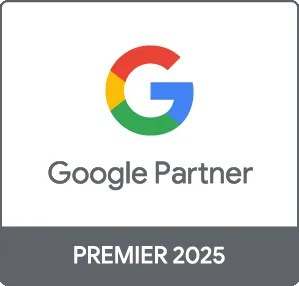Pay-per-click (PPC) advertising is a powerful tool for small businesses aiming to generate immediate traffic and boost sales. By investing in PPC campaigns, you can target specific audiences and achieve a high return on investment. This guide explores effective strategies for small businesses to create, manage, and optimize their PPC campaigns, ensuring they make the most out of their advertising budgets.
Understanding PPC Advertising
PPC advertising enables businesses to bid for placement on search engine results pages and social media platforms. Advertisers only pay when a user clicks on their ad, making it a cost-effective solution to drive targeted traffic. For small businesses, PPC is an excellent way to:
- Increase visibility in competitive markets.
- Attract potential customers actively searching for products or services.
- Control budgets with customizable spending limits.
1. Setting Up Your PPC Campaign
Before diving into PPC, attention to detail is crucial in setting up your campaigns. Here's how to get started:
- Define Your Goals: Determine what you want to achieve—brand awareness, lead generation, or direct sales.
- Choose the Right Platforms: Consider where your target audience spends their time, whether Google Ads, Facebook, or Instagram.
- Conduct Keyword Research: Utilize tools like Google Keyword Planner to identify relevant keywords for your business.
2. Crafting Compelling Ads
Your ads must stand out to capture attention. Here are tips for creating engaging ads:
- Write Clear Copy: Use direct language that highlights your unique selling propositions (USPs).
- Incorporate Strong Calls-to-Action (CTAs): Encourage users to take action by using phrases like 'Shop Now,' 'Sign Up Today,' or 'Get a Free Quote.'
- Use Eye-Catching Visuals: For display ads, choose images that are relevant, high-quality, and visually appealing.
3. Monitoring and Optimizing Your Campaigns
Once your PPC campaigns are live, it's essential to track performance and make adjustments. Focus on these key metrics:
- Click-Through Rate (CTR): Measure how many users click on your ad compared to how many times it was shown.
- Cost Per Click (CPC): Analyze the amount spent for each click to ensure your campaign remains profitable.
- Conversion Rate: Track how many clicks resulted in desired actions, such as purchases or sign-ups.
4. Budgeting for PPC Advertising
Set a realistic budget based on your business goals. Consider the following:
- Daily or Monthly Limits: Set hard caps to prevent overspending.
- Start Small: Experiment with a smaller budget to test strategies before scaling up.
- Regularly Review Performance: Adjust your budget based on which campaigns yield the best results.
Conclusion
PPC campaigns can significantly enhance visibility and drive sales for small businesses when executed thoughtfully. By defining clear goals, crafting compelling ads, monitoring performance, and optimizing your budget, you can achieve a positive ROI and growth. At Prebo Digital, we're here to help small businesses leverage the power of PPC advertising for success. Contact us today for expert guidance!





